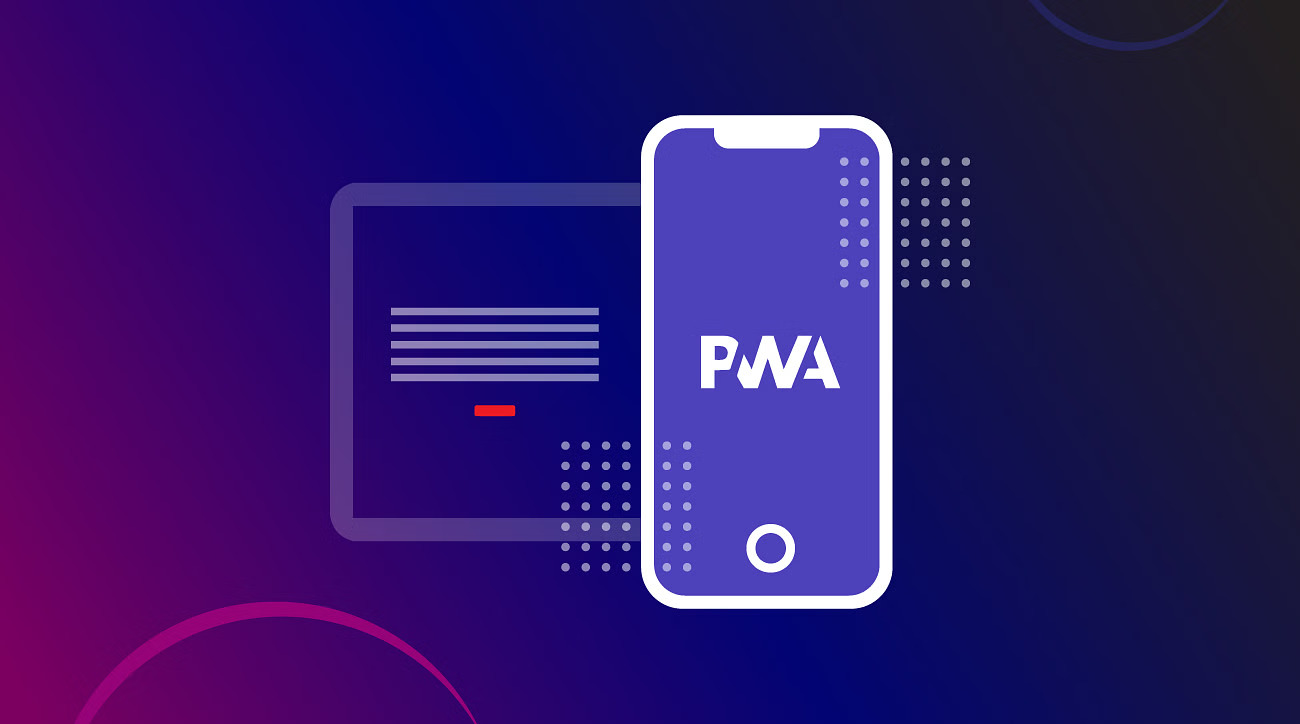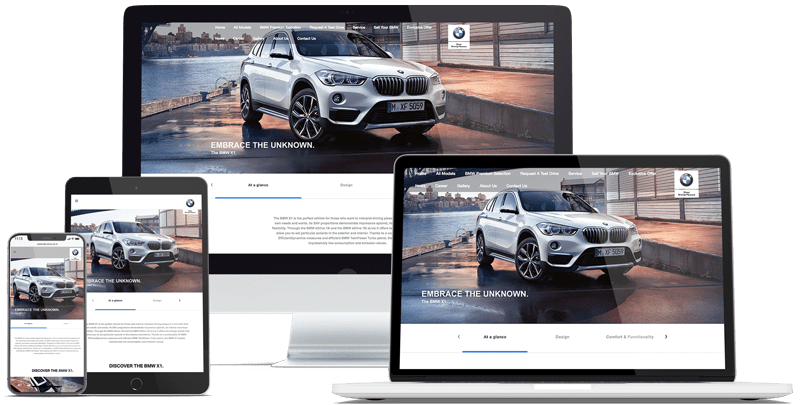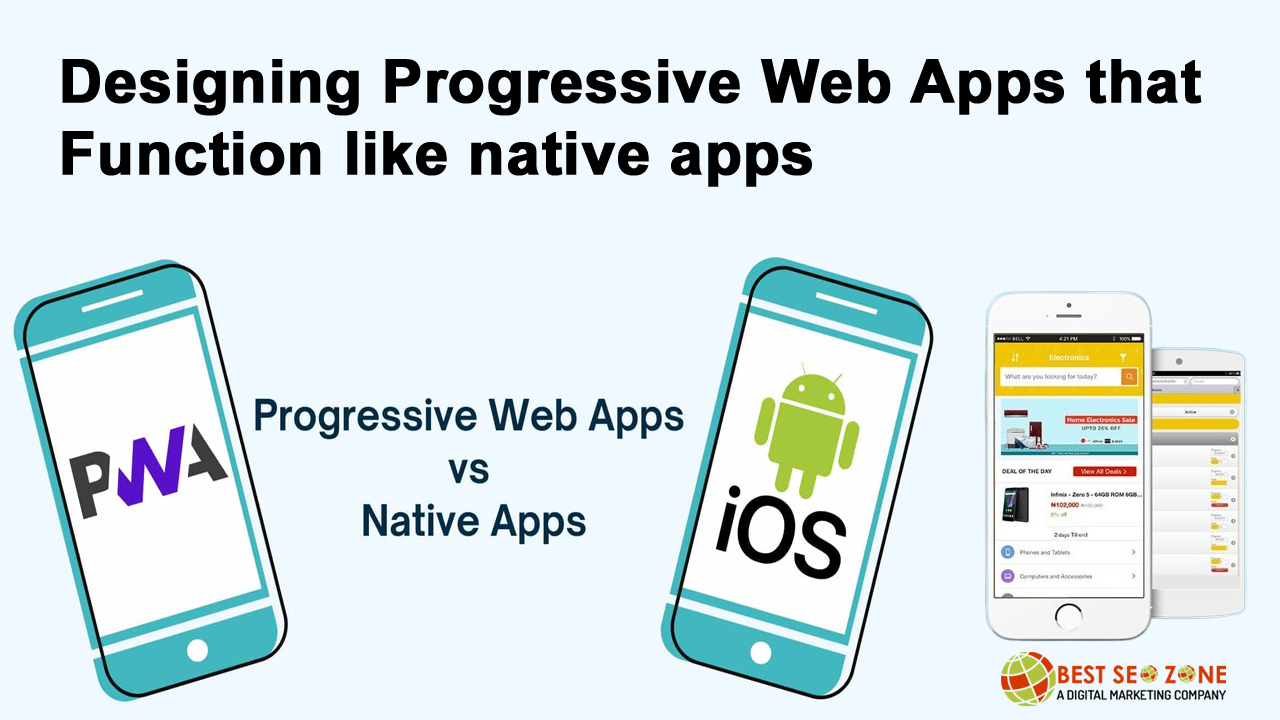PWAs are transforming how we interact with web packages by combining the quality functions of websites and local apps. They supply rapid dependable and engaging studies while functioning across diverse devices and structures. PWAs can paintings offline send push notifications or even be established on domestic monitors presenting a local app feel through web technology.
Designing PWAs to function like native apps requires a focus on performance User interface and capabilitiesLike offline capability and responsiveness. A nicely designed PWA complements person delights and encourages engagement bridging the gap between web and cell apps.
Table of Contents
Understanding the Basics of Progressive Web Apps

PWAs are web packages designed to deliver app-like experience on the net. They integrate the first-rate capabilities of net and cell apps offering users the capability to engage with them seamlessly through unique devices. PWAs have been constructed with the use of general web technologies which include HTML Css and javascript however also take the benefit of additional internet apps like service people and net app manifests to create rich attractive personal experiences.
What sets PWAs apart is their capability to work offline or in low community situations by using caching content material and they may be added to the house display screen of a cell tool. This allows PWAs to feel just like local apps even though they may be accessed through a browser. Expertise in those middle principles will be manual builders in designing apps that offer a seamless User reveal.
Optimizing Performance for Fast Load Times
One of the key factors of PWAs is performance. Local apps are known for their rapid loading instances and PWAs want to achieve an equal degree of velocity to experience true local revel. By way of making use of strategies like lazy loading code splitting and provider workers PWAs can load content material quickly and correctly even on slower networks.
Service workers play a critical position in caching resources meaning that once a person has visited the domain the app can load quickly the following time they go back. Additionally, techniques like asynchronous loading ensure that content is loaded without interrupting the users enjoyment. Optimizing performance for velocity enables users to engage and improves retention.
Designing for a Smooth and Responsive User Interface

To make PWAs sense like local apps the User interface UI needs to be easy and responsive app must adapt seamlessly to diverse display sizes and orientations Imparting a standard experience on both cellular and computing device devices. Responsive design concepts inclusive of flexible grids and fluid layouts are crucial to accomplishing this.
PWAs have to also include contact pleasant factors including massive buttons and intuitive gestures to make the app easy to apply on cell gadgets. Incorporating familiar navigation patterns like backside navigation bars and swipe gestures can also assist create a more native-like experience. A smooth and responsive UI guarantees that the apparel encourages customers to return.
Tips for this
- Ensure your app adjusts to different screen sizes using flexible layouts and media queries for a consistent experience across devices.
- Design buttons and links large enough for easy tapping and consider touch gestures like swiping for mobile users.
- Use intuitive elements like bottom navigation bars or side menus that users are already familiar with to make navigation simple.
- Minimize unnecessary animations and optimize assets for fast loading ensuring smooth interactions and quick responses.
- Test your app on various devices and screen sizes to ensure it works well everywhere and fix any layout issues early.
- Choose flexible readable fonts that adjust based on the screen size to ensure text is easy to read on all devices.
Ensuring Offline Functionality
Offline functionality is one of the defining features of PWAs. Native apps regularly retain to paintings even without a web connection and PWAs should provide equal experience. Via using provider people to cache critical assets and facts PWAs can preserve characteristics offline or in areas with poor community connectivity.
To enhance the User’s enjoyment PWAs can also show cached content when offline such as formerly visited pages or stored records. Supplying an offline mode or at least a fallback experience makes the app extra reliable and ensures that customers can still engage with it even in difficult conditions.
Adding Push Notifications to Engage Users
Push notifications are every other feature that makes PWAs experience like native apps. Local apps frequently use notifications to keep customers engaged and PWAs can take benefit of this feature as well. By asking customers for permission to get hold of push notifications PWAs can ship well-timed updates reminders or signals preserving customers” knowledge and engagement.
Push notifications also can be used to re-interact users who have not interacted with the app for a while. For instance, sending a notification about a special offer or new content can encourage users to return to the app. Imposing push notifications in a considerate way could make the app sense extra customized and responsive.
Adding App Like Features Through Web App Manifests
An internet app manifest is an easyJSONn file that allows a PWA to be brought to a person’s domestic screen similar to a native app. The file incorporates metadata approximately the app which includes its call icons and topic colorings. By defining these houses PWAs can appear extra like local apps when launched from the house display.
The happen also allows builders to specify the show mode of the app ensuring that it opens in complete screen mode instead of within a browser window. This creates a greater immersive reveal for the User making the app sense like it is a native mobile app in place of a conventional website.
Making PWA Installable and Discoverable
To make PWAs sense like local apps they need to be easily installable on ususers’adgets. That’s done with the aid of prompting users to put the app on their home screen once they have visited the internet site for a positive length or finished precise actions. This manner is very similar to putting in a native app from an app store.
For PWAs to be discoverable builders have to make certain that they are listed through search engines like Google and properly configured for SEO. Adding structured information and optimizing metadata allows users to discover the PWA via search engines. Making PWAs clean to put in and discover helps them compete with conventional local apps.
Leveraging Hardware Features for a Native-Like Experience
To enhance the local sense of a PWA builders can combine hardware capabilities which include the digital camera geolocation microphone and device storage. Current net apps allow PWAs to access these capabilities which have been as soon as one of a kind to native apps.
For instance, PWAs can get admission to geolocation to provide region-based services or use a digital camera for image or video capture. With the aid of integrating hardware skills PWAs Can provide a richer greater interactive experience than competitors’ native apps.
Ensuring Security and Privacy for Users
Security is an essential issue in building any app whether local or internet-based. PWAs need to comply with strict security protocols to make sure customers’ information and privacy are blanketed. This includes using HTTPS to encrypt communication between the User’s device and the server and implementing functions like provider worker security to prevent unauthorized access to cached records.
Through prioritizing safety and privacy, developers can construct trust with customers and make certain that their pPWAis as reliable and at ease as a local app. Regularly updating the app’s safety features and staying compliant with privacy policies additionally facilitates maintaining a high level of user pride.
Abu Hudair is a skilled writer and editor at bestseozone.com. He dedicates himself to creating unique and high-quality content that directly connects with readers through informative stories. He enjoys writing about technology, gadgets, digital marketing, and SEO in web development articles.




